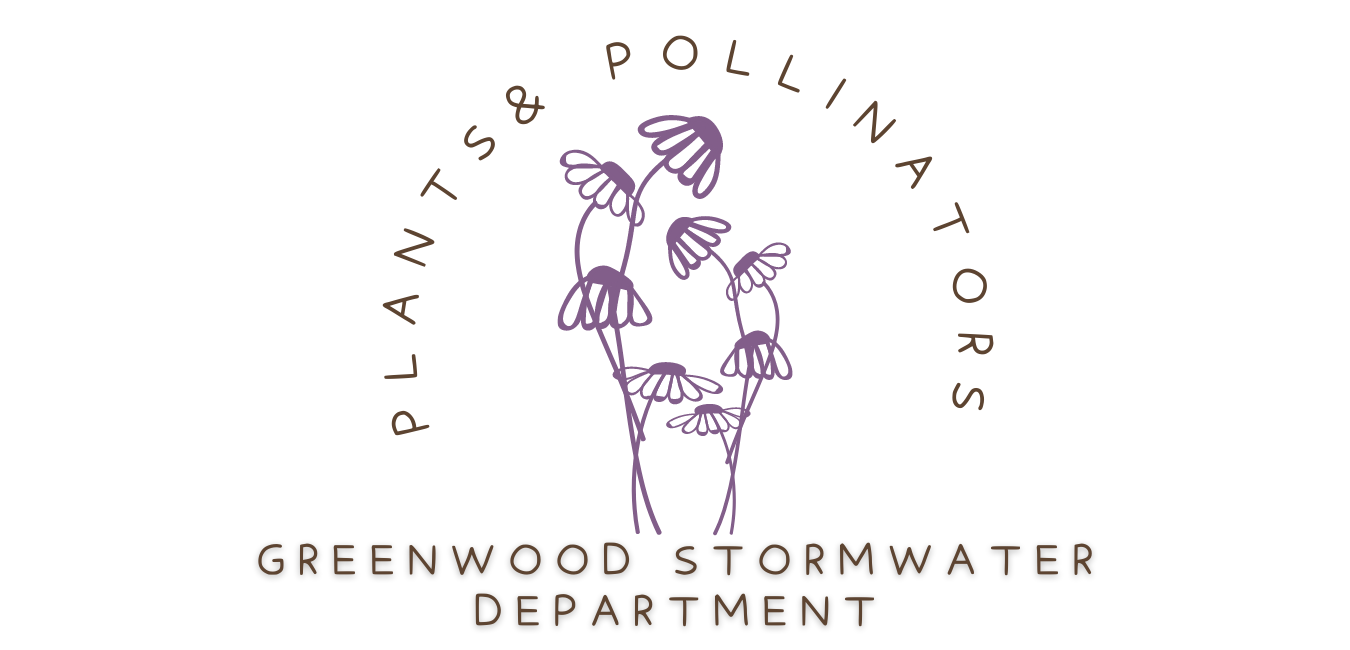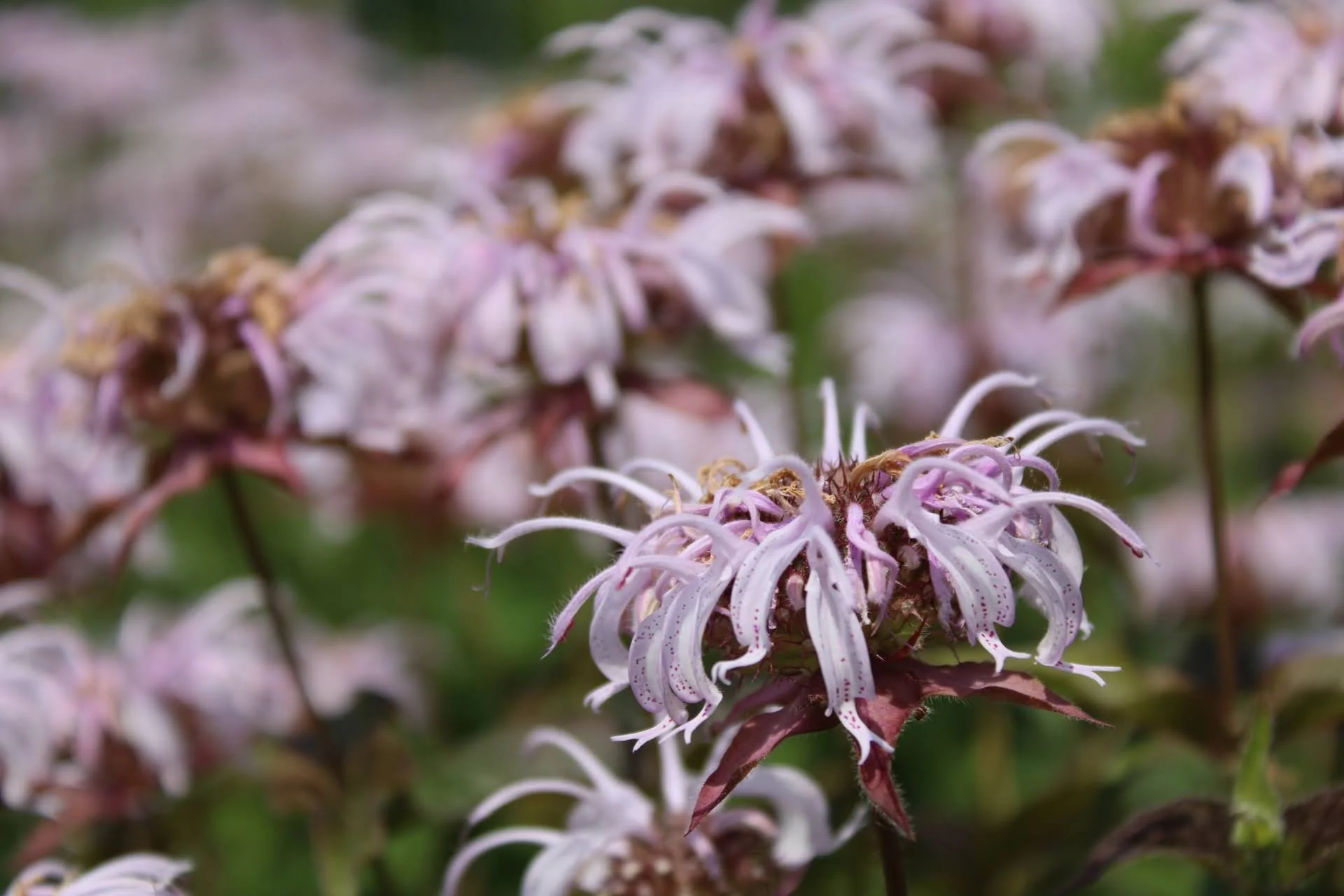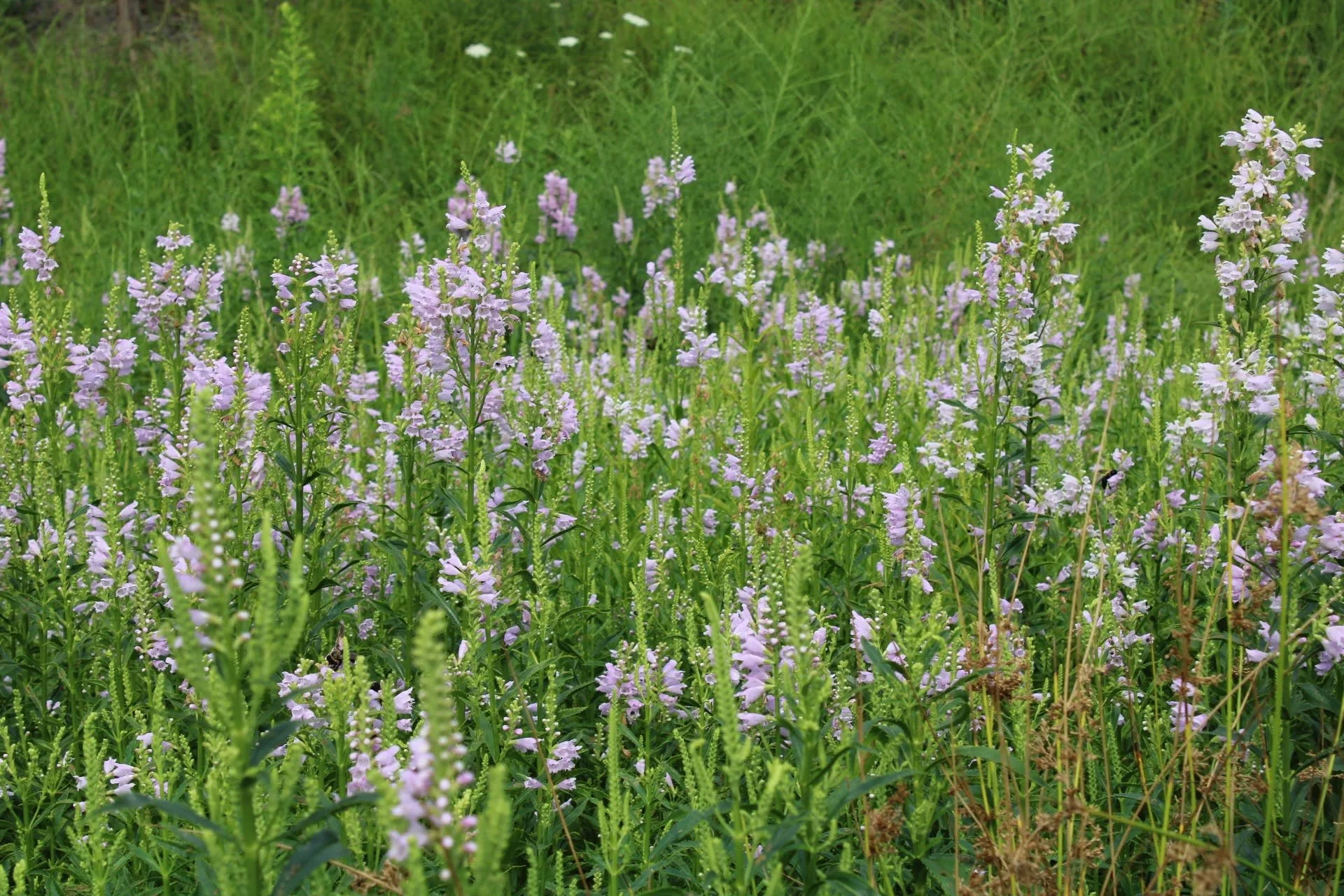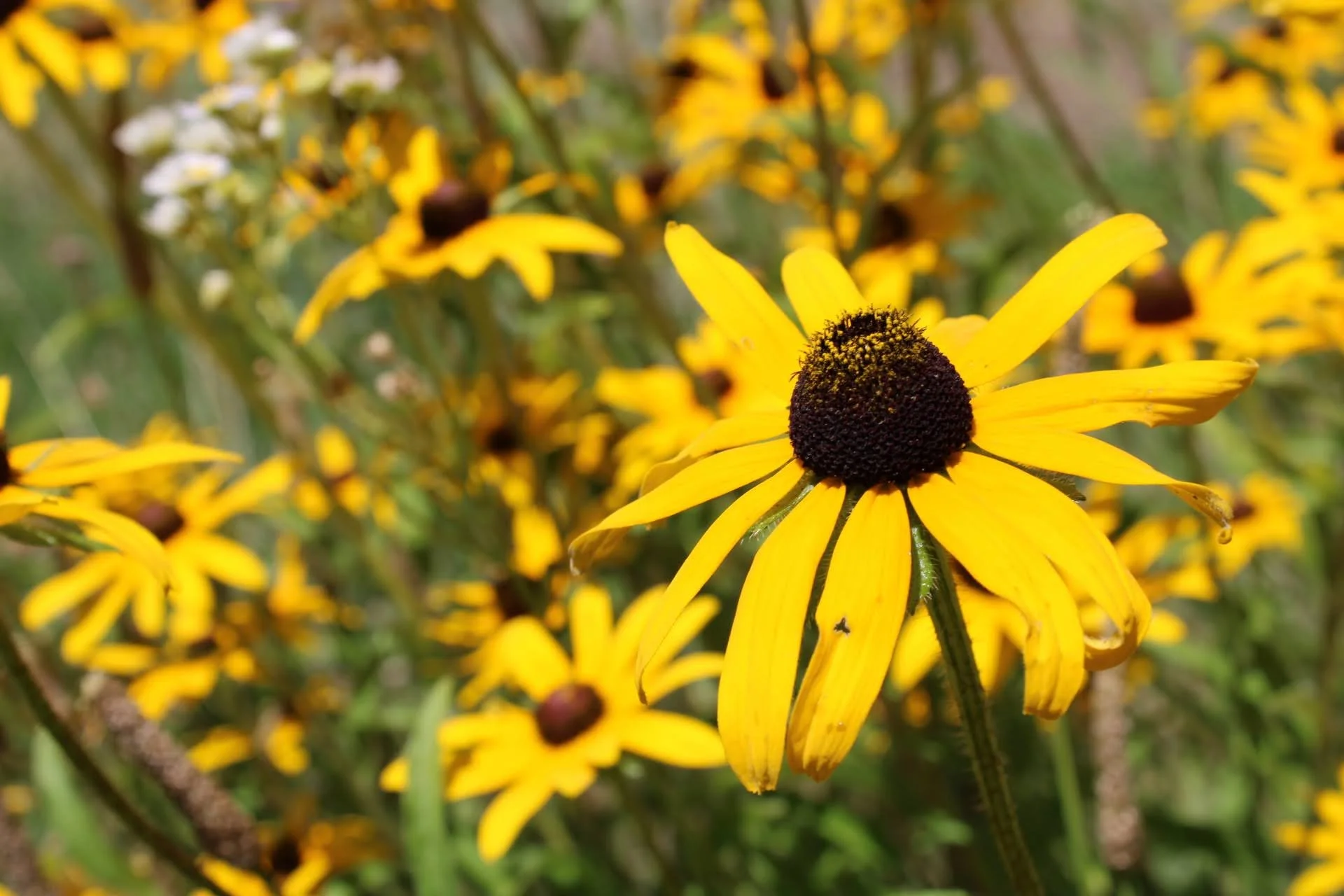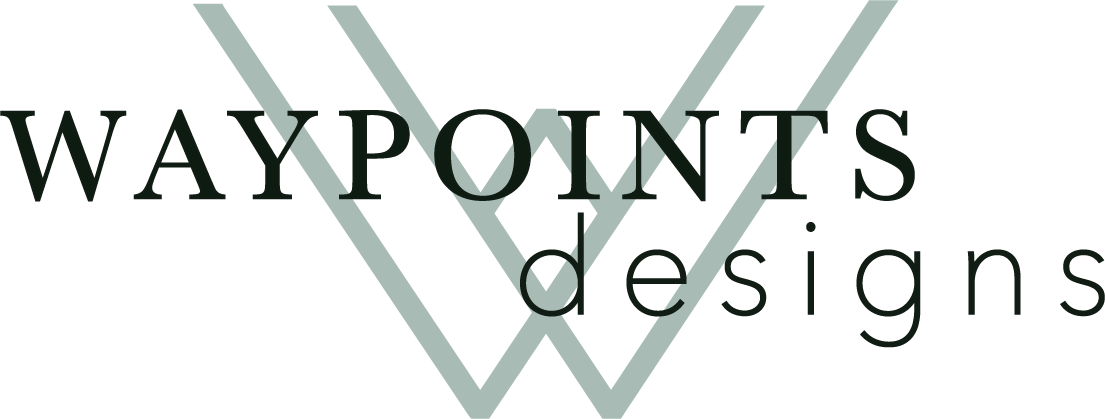Welcome to the Greenwood Stormwater Department!
library is located in parking lot of the greenwood public library
This library focuses on the relationship between pollinators and the plants that they depend on and the plants that depend on them. Pollination is the movement of pollen from one plant to another so they can reproduce to create seeds, fruits, & berries. This can be done by itself, wind pollination, or as we will focus on, by pollinators!
Pollinators also provide us as humans one out of every three bites of food that we eat which also feels important but you know know we are focusing on nature with this trail
Meet the Pollinators…
Bumble Bees & Solitary Bees
Bees are the most efficient pollinators because they only feed on flowers. They collect pollen which is rich in protein to bring to their young and eat nectar that is sugar rich to fuel themselves. This means that when they a rolling in the pollen trying to get nectar and then they visit the next flower they are providing pollination to that flower
Ruby Throated Hummingbirds
Hummingbirds are important because they are the pollinators that can go the distance. They can travel farther than most bee and butterfly species allowing them to pollinate flowers miles away. They are attracted to red and orange flowers so plant native flowers like Butterfly Weed, Royal Catchfly, or Cardinal Flower to attract hummingbirds to your yard
Butterflies & Skippers
Butterflies and skippers are less efficient pollinators than bees but they sure are good at collecting nectar to fuel their flight. Butterfly species do depend on plants to be their host plant meaning that their caterpillars only feed on a few species of plants. Imagine the pickiest eater of all time but worse cause some species can only eat one species of plant as a caterpillar
Moths
Moths are the elusive pollinators that come out at night…mostly. A few moth species are active during the day like the moth that we teach you about below. We aren’t sure how many native moth species there are but it could be over 1,500
How to Help Out Native Pollinators
Plant Native Plants in Your Yard…
Like the species in this library! These plants provide nectar and pollen to pollinators as well as being hosts plants. Joe Pye Weed, which has a seed packet in this library, hosts over 45 different species of caterpillars!
Provide Nesting Sites
Leave dead and dying trees, if they are not hazards of course, to provide nesting areas for native solitary bees that live in small tunnels. Or put a bee hotel outside to provide a nesting site for these solitary mason bees
Water Sources for Pollinators
Fill a bird bath with gravel or stones to provide shallow water sources for pollinators or create a muddy patch in a corner of your yard
Scroll through the gallery below to see the Nature Center plants in bloom!
Click on the photos & USDA Fact Sheet links to learn more about the plant species
Need Identification Help? Want to Show Us What is Blooming?
Native Seeds in the Library
Joe Pye Weed is guaranteed to attract native bumblebees, butterflies, and other pollinators! While Little Bluestem is a grass that will provide habitat for native wildlife! Click on the images & USDA Fact Sheet links to learn more about these summer blooming species to see if they can find a home on your own property!
Click on the button below to learn more about the Greenwood Stormwater Department and their programs!
A big thank you to Nicole Marshall from Waypoints Designs for doing the artwork throughout the Little Native Seed Library Trail! Click on the Button below to learn more about them!

